Property management (PM) was the only way to manage multiple properties effectively, maybe until now. The role of property management for homeowners with multiple asset portfolios and widespread geographic locations of their properties was overwhelming. Technology has shown up to greatly simplify the process, not only for traditional homeowners but also for all the new models of homeownership that have emerged in recent years: sharing, digital leases, service-integrated living, and many others.
Every landlord/investor needs to have a cohesive and organized system for managing their properties. Although a tech-challenged property manager can still run a successful rental business, they cannot do it as efficiently or effectively as their more tech-savvy counterparts.
5 Ways Technology Can Simplify Property Management for Homeowners
In today’s tech-driven world, property management has become more efficient and manageable, even for the most tech-savvy individuals. From smart home devices to powerful software solutions, technology offers various tools to simplify property management, saving time and reducing stress. In this article, we’ll explore 7 ways technology has simplified property management for homeowners.
1. Smart Home Devices:
 Smart home devices have revolutionized the way homeowners manage their properties, offering a wide range of benefits in terms of convenience, efficiency, security, and cost savings. Imagine being able to control your property’s temperature remotely or grant access to tenants without being physically present. These devices not only enhance the living experience for tenants but also allow property managers to monitor and control various aspects of the property from anywhere. Here’s how they contribute:
Smart home devices have revolutionized the way homeowners manage their properties, offering a wide range of benefits in terms of convenience, efficiency, security, and cost savings. Imagine being able to control your property’s temperature remotely or grant access to tenants without being physically present. These devices not only enhance the living experience for tenants but also allow property managers to monitor and control various aspects of the property from anywhere. Here’s how they contribute:
-
Remote Monitoring and Control: Smart home devices allow homeowners to remotely monitor and control various aspects of their property through smartphone apps or web interfaces. This includes controlling lighting, thermostats, security cameras, door locks, and other connected appliances. For instance, homeowners can adjust the temperature of their homes before arriving or check the security camera feed while away.
-
Energy Efficiency and Cost Savings: Smart thermostats learn homeowners’ preferences and automatically adjust heating and cooling settings to optimize energy consumption. Smart lighting systems can be programmed to turn on and off based on occupancy or time of day, reducing electricity usage. These features help homeowners save on energy bills and reduce their environmental footprint.
-
Enhanced Security: Smart security systems provide a comprehensive approach to home security. They include features such as door/window sensors, motion detectors, and smart locks that can be controlled remotely. Real-time alerts notify homeowners of any unusual activity, and they can even grant access to trusted individuals remotely. Some systems integrate with professional monitoring services for added protection.
-
Improved Convenience and Automation: Smart home devices automate various tasks, making daily life more convenient. For example, smart speakers can respond to voice commands, control lights, play music, or provide information. Smart appliances like refrigerators can create shopping lists or suggest recipes based on available ingredients.

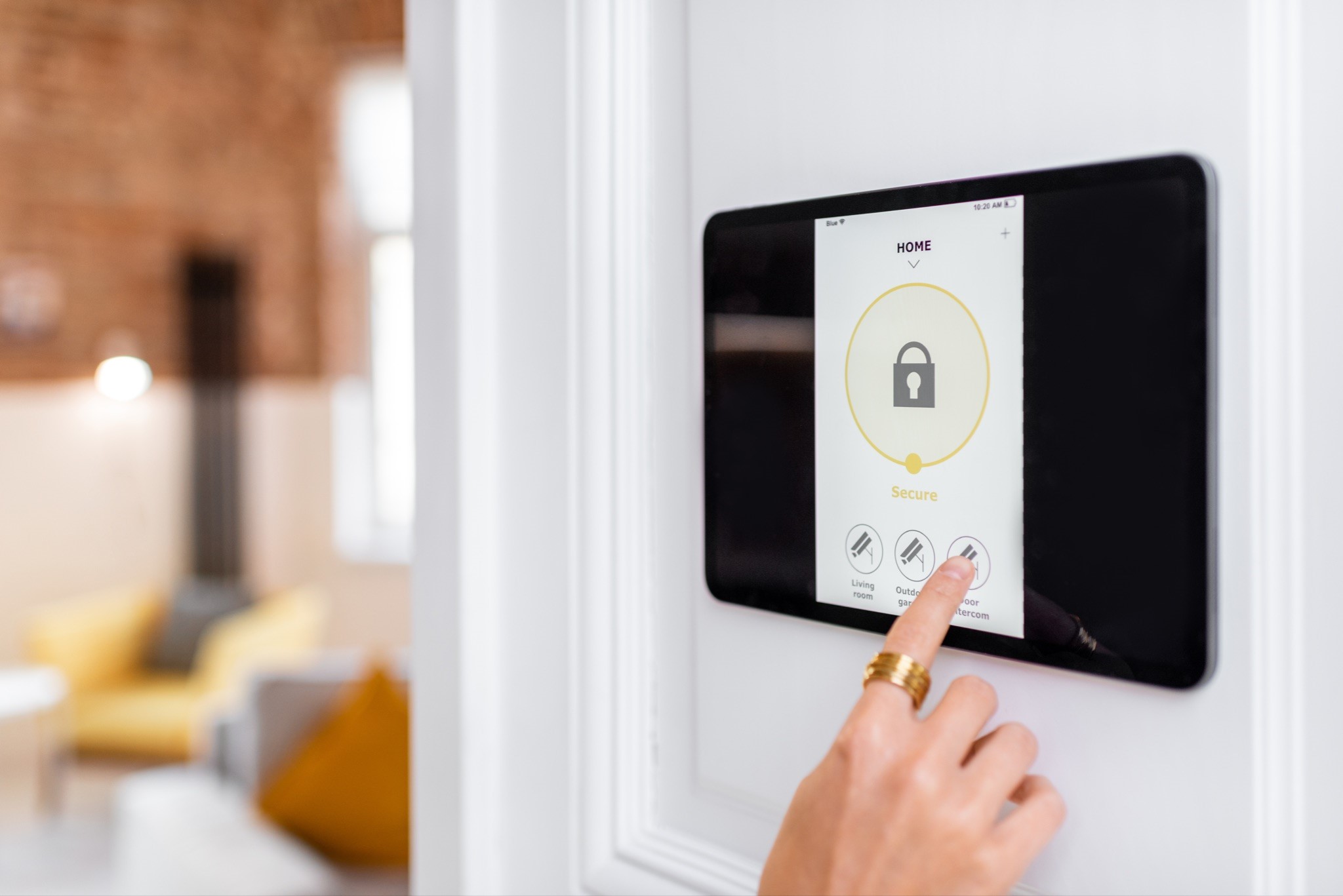
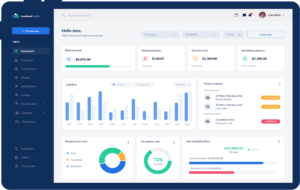 Property Management Software (PMS) has become an invaluable tool for homeowners who are managing their properties, especially those who own multiple units or rental properties. These platforms offer a centralized system to handle everything from tenant applications to lease agreements. With features like automated reminders and integrated accounting,
Property Management Software (PMS) has become an invaluable tool for homeowners who are managing their properties, especially those who own multiple units or rental properties. These platforms offer a centralized system to handle everything from tenant applications to lease agreements. With features like automated reminders and integrated accounting, 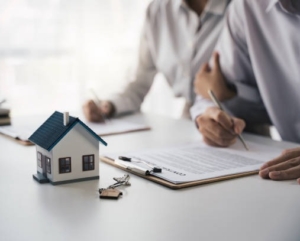 Data analytics can provide valuable insights into property management. By analyzing trends and patterns, property managers can make informed decisions about pricing, marketing strategies, and maintenance schedules. Reporting tools within property management software can generate detailed reports that help in evaluating property performance. How Data Analytics and Reporting Contribute:
Data analytics can provide valuable insights into property management. By analyzing trends and patterns, property managers can make informed decisions about pricing, marketing strategies, and maintenance schedules. Reporting tools within property management software can generate detailed reports that help in evaluating property performance. How Data Analytics and Reporting Contribute: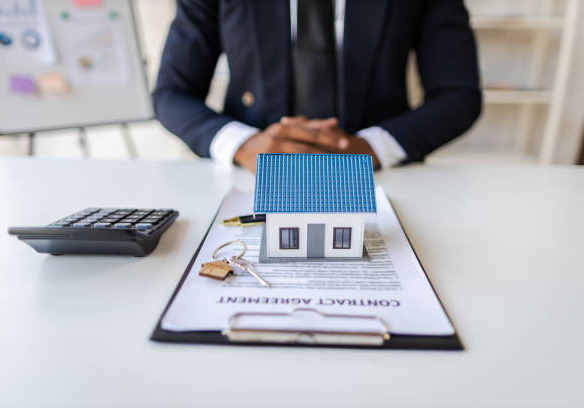
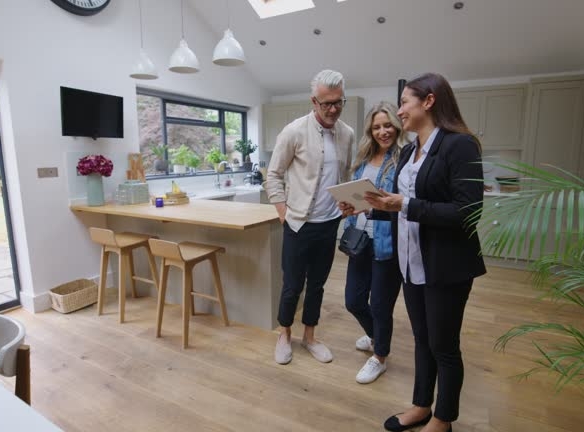
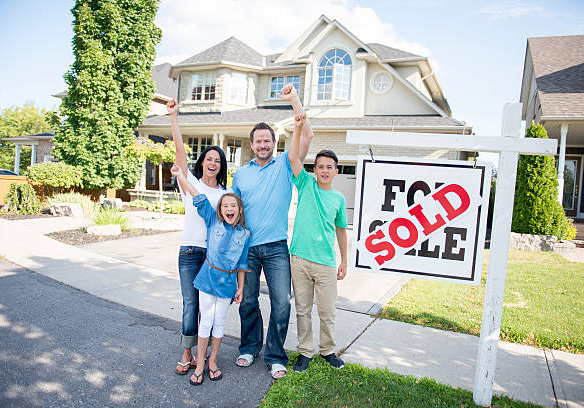
Join The Discussion